The sun's magnetic field is about to flip (w/video)
Something big is about to happen on the sun. According to measurements from NASA-supported observatories, the sun's vast magnetic field is about to flip.
Aug 6th, 2013
Read more
 Subscribe to our Space Exploration News feed
Subscribe to our Space Exploration News feed
Something big is about to happen on the sun. According to measurements from NASA-supported observatories, the sun's vast magnetic field is about to flip.
Aug 6th, 2013
Read more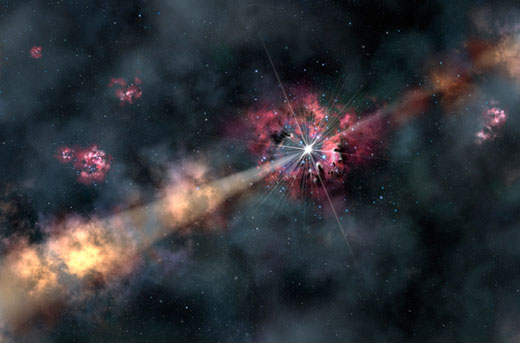 More than 12 billion years ago a star exploded, glowing so brightly that it outshone its entire galaxy by a million times. This brilliant flash traveled across space for 12.7 billion years to a planet that hadn't even existed at the time of the explosion -- our Earth. By analyzing this light, astronomers learned about a galaxy that was otherwise too small, faint and far away for even the Hubble Space Telescope to see.
More than 12 billion years ago a star exploded, glowing so brightly that it outshone its entire galaxy by a million times. This brilliant flash traveled across space for 12.7 billion years to a planet that hadn't even existed at the time of the explosion -- our Earth. By analyzing this light, astronomers learned about a galaxy that was otherwise too small, faint and far away for even the Hubble Space Telescope to see.
Aug 6th, 2013
Read more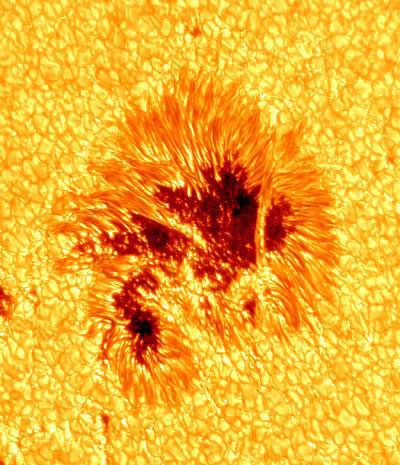 Researchers at NJIT's Big Bear Solar Observatory in Big Bear, Calif., have obtained new and remarkably detailed photos of the sun with the New Solar Telescope. The photographs reveal never-before-seen details of solar magnetism revealed in photospheric and chromospheric features.
Researchers at NJIT's Big Bear Solar Observatory in Big Bear, Calif., have obtained new and remarkably detailed photos of the sun with the New Solar Telescope. The photographs reveal never-before-seen details of solar magnetism revealed in photospheric and chromospheric features.
Aug 6th, 2013
Read more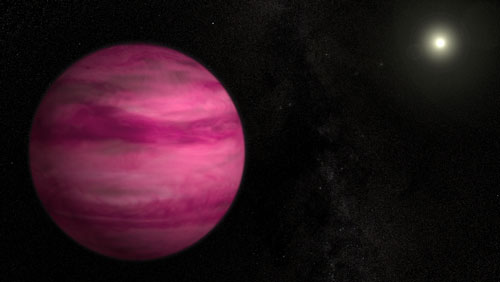 Using infrared data from the Subaru Telescope in Hawaii, an international team of astronomers has imaged a giant planet around the bright star GJ 504. Several times the mass of Jupiter and similar in size, the new world, dubbed GJ 504b, is the lowest-mass planet ever detected around a star like the sun using direct imaging techniques.
Using infrared data from the Subaru Telescope in Hawaii, an international team of astronomers has imaged a giant planet around the bright star GJ 504. Several times the mass of Jupiter and similar in size, the new world, dubbed GJ 504b, is the lowest-mass planet ever detected around a star like the sun using direct imaging techniques.
Aug 5th, 2013
Read more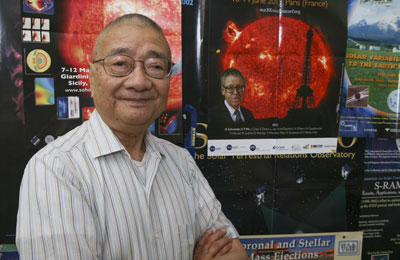 Three new solar modeling developments at The University of Alabama in Huntsville (UAH) are bringing scientists closer to being able to predict the occurrence and timing of coronal mass ejections from the sun.
Three new solar modeling developments at The University of Alabama in Huntsville (UAH) are bringing scientists closer to being able to predict the occurrence and timing of coronal mass ejections from the sun.
Aug 5th, 2013
Read more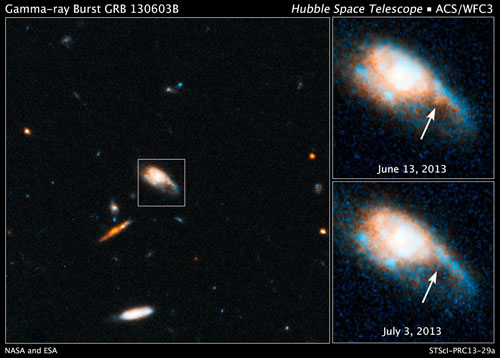 Probing the location of a recent short-duration gamma-ray burst in near-infrared light, astronomers using the Hubble Space Telescope found the fading fireball produced in the aftermath of the blast. The afterglow reveals for the first time a new kind of stellar blast called a kilonova.
Probing the location of a recent short-duration gamma-ray burst in near-infrared light, astronomers using the Hubble Space Telescope found the fading fireball produced in the aftermath of the blast. The afterglow reveals for the first time a new kind of stellar blast called a kilonova.
Aug 3rd, 2013
Read more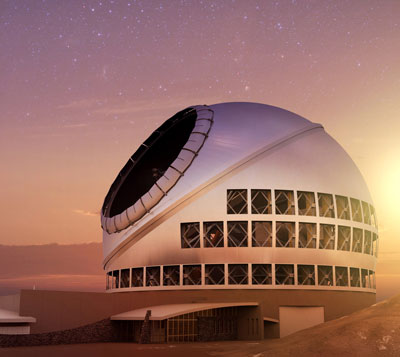 With the signing last week of a 'master agreement' for the Thirty Meter Telescope - destined to be the most advanced and powerful optical telescope in the world - the University of California and UCLA moved a step closer to peering deeper into the cosmos than ever before.
With the signing last week of a 'master agreement' for the Thirty Meter Telescope - destined to be the most advanced and powerful optical telescope in the world - the University of California and UCLA moved a step closer to peering deeper into the cosmos than ever before.
Aug 3rd, 2013
Read more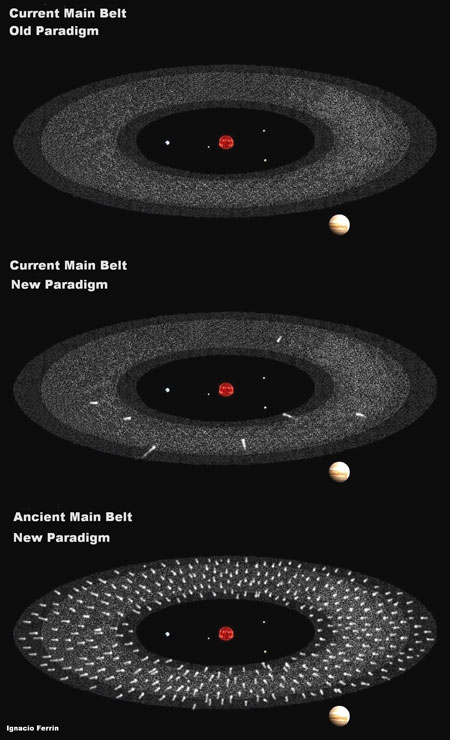 Astronomers have discovered a graveyard of comets. The researchers describe how some of these objects, inactive for millions of years, have returned to life leading them to name the group the 'Lazarus comets'.
Astronomers have discovered a graveyard of comets. The researchers describe how some of these objects, inactive for millions of years, have returned to life leading them to name the group the 'Lazarus comets'.
Aug 2nd, 2013
Read more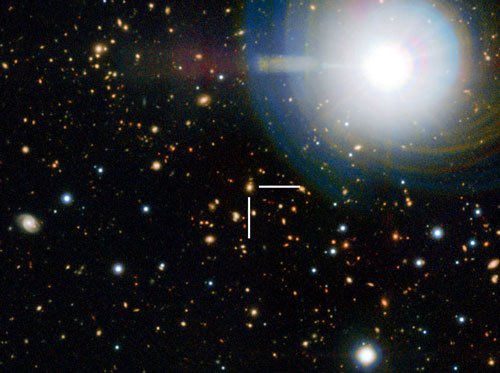 On average, galaxies that no longer form stars are larger today than they were several billion years ago. However, this has nothing to do with individual galaxies merging with others, as was long thought to be the case, concludes ETH-Zurich professor Marcella Carollo after evaluating data from the Hubble Space Telescope.
On average, galaxies that no longer form stars are larger today than they were several billion years ago. However, this has nothing to do with individual galaxies merging with others, as was long thought to be the case, concludes ETH-Zurich professor Marcella Carollo after evaluating data from the Hubble Space Telescope.
Aug 2nd, 2013
Read more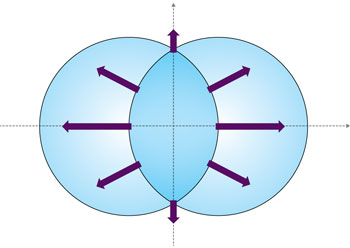 A predicted experimental test will clarify how light interacts with matter at high energies.
A predicted experimental test will clarify how light interacts with matter at high energies.
Aug 2nd, 2013
Read more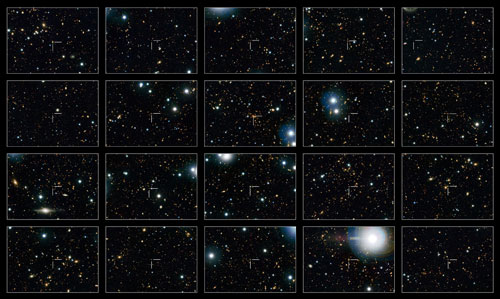 Hubble's COSMOS survey solves 'quenched' galaxy mystery.
Hubble's COSMOS survey solves 'quenched' galaxy mystery.
Aug 1st, 2013
Read more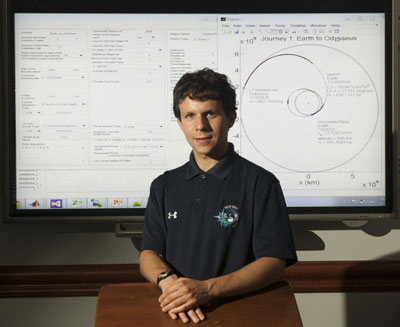 A NASA technologist has developed a fully automated tool that gives mission planners a preliminary set of detailed directions for efficiently steering a spacecraft to hard-to-reach interplanetary destinations, such as Mercury, Jupiter, Saturn, and most comets and asteroids.
A NASA technologist has developed a fully automated tool that gives mission planners a preliminary set of detailed directions for efficiently steering a spacecraft to hard-to-reach interplanetary destinations, such as Mercury, Jupiter, Saturn, and most comets and asteroids.
Aug 1st, 2013
Read more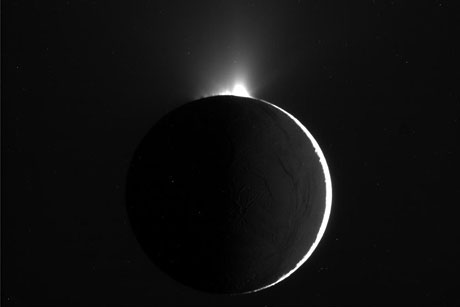 Using Cassini data, astronomers have determined that the amount of water vapor and ice erupting from Enceladus depends on tidal forces from Saturn - the same phenomenon that creates tides on Earth.
Using Cassini data, astronomers have determined that the amount of water vapor and ice erupting from Enceladus depends on tidal forces from Saturn - the same phenomenon that creates tides on Earth.
Jul 31st, 2013
Read more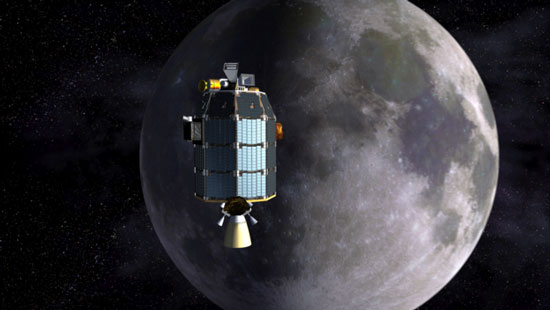 An advanced laser system offering vastly faster data speeds is now ready for linking with spacecraft beyond our planet following a series of crucial ground tests. Later this year, ESA's observatory in Spain will use the laser to communicate with a NASA Moon orbiter.
An advanced laser system offering vastly faster data speeds is now ready for linking with spacecraft beyond our planet following a series of crucial ground tests. Later this year, ESA's observatory in Spain will use the laser to communicate with a NASA Moon orbiter.
Jul 30th, 2013
Read more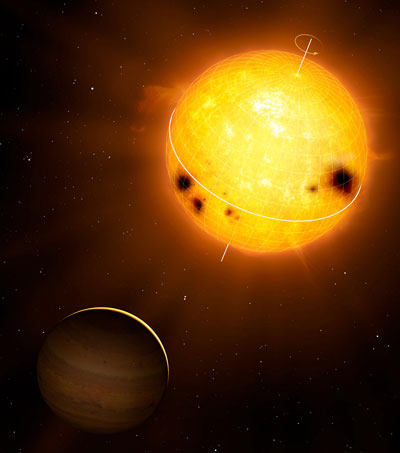 With the help of asteroseismic data obtained by the CoRoT space telescope, scientists were able to determine the interior rotation of a Sun-like star - and characterise an exoplanet.
With the help of asteroseismic data obtained by the CoRoT space telescope, scientists were able to determine the interior rotation of a Sun-like star - and characterise an exoplanet.
Jul 30th, 2013
Read moreIn the science fiction show, Star Trek, teleportation is a regular and significant feature. But how much time and power is required to send the data needed to teleport a human being? University of Leicester physics students have calculated the answer to this very question.
Jul 30th, 2013
Read more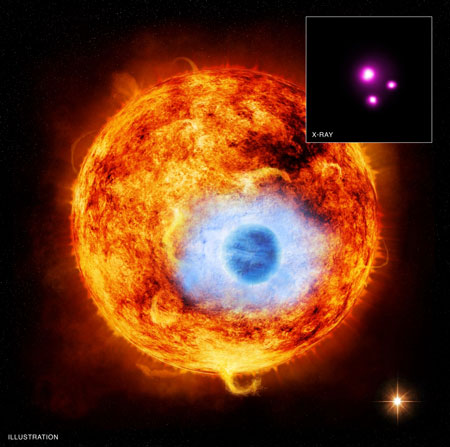 For the first time since exoplanets, or planets around stars other than the sun, were discovered almost 20 years ago, X-ray observations have detected an exoplanet passing in front of its parent star.
For the first time since exoplanets, or planets around stars other than the sun, were discovered almost 20 years ago, X-ray observations have detected an exoplanet passing in front of its parent star.
Jul 29th, 2013
Read moreUnderstanding complexity in the early universe may require combining simpler models to interpret cosmological observations.
Jul 26th, 2013
Read more